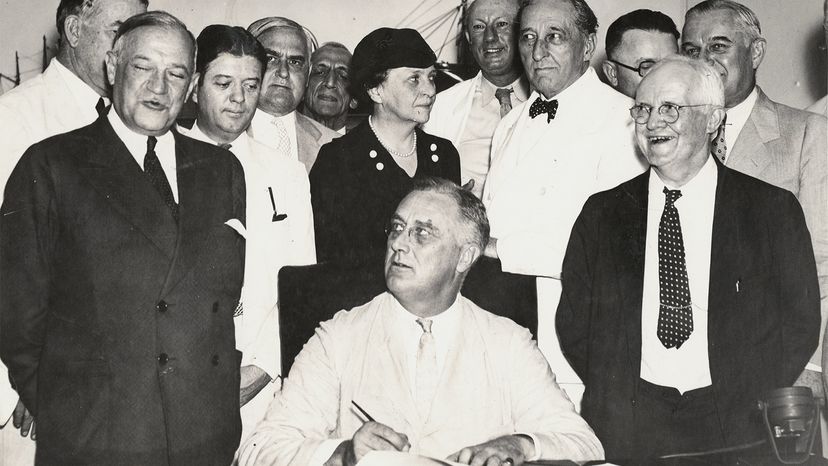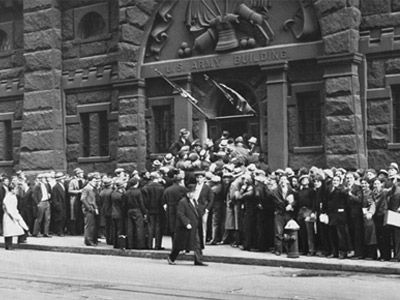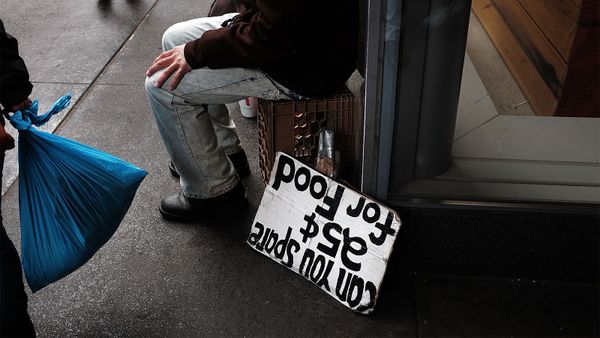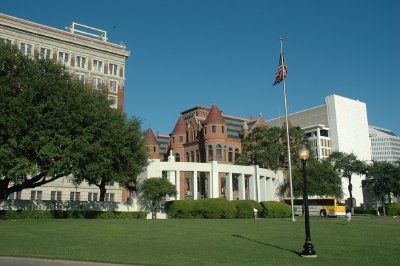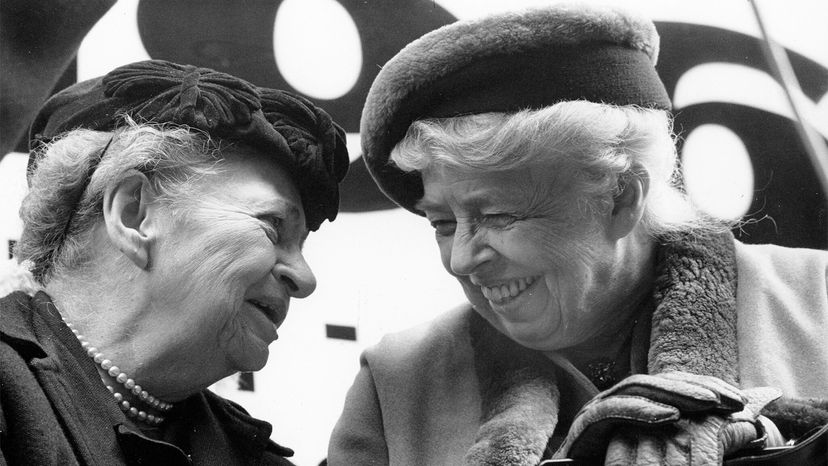
The first time author Kirstin Downey heard about Frances Perkins, it was within the context of a joke — a pretty lame one at that. "I worked as a reporter at The Washington Post for 20 years and when I got there, I took a bus tour of the city," she recalls. "We had a guide who was making little jokes and when we passed one big building he said, 'What American woman had the worst childbirth experience?' It was quiet for a moment, there was a pause. Then he said, 'Frances Perkins. She spent 12 years in labor.'"
This is where you'd cue the "ba dum tss" sound of a cheesy comedy club rimshot. Except to even politely guffaw at the tour guide's joke requires some basic understanding of who Frances Perkins was — and as Downey soon found out, that piece of history has largely been omitted from the books. "I thought it was kind of a funny, stupid joke even though the feminist part of me got really irritated," says Downey, an award-winning journalist and author of "The Woman Behind the New Deal: The Life of Frances Perkins, FDR'S Secretary of Labor and His Moral Conscience." "But I remembered that because FDR [President Franklin Delano Roosevelt] got elected four times, she was our secretary of labor for 12 years."
Advertisement
The joke may have fallen flat, but it got Downey thinking. And as the world prepares for the economic aftermath of the current COVID-19 crisis, many others are thinking about the work of Perkins as well — even if they're unaware that she's the one responsible for some of the most important programs currently keeping Americans afloat. "Her name stuck in my head as someone who was interesting and it bothered me that she was just a joke," Downey says, noting that during her time at the Post, she covered a diverse range of business news stories that all seemed to lead back to one single person. "I got assigned to cover all kinds of things about Social Security and unemployment and I noticed over a period of time that when I'd write a paragraph in each news story about how current Social Security and unemployment insurance programs started, Frances Perkins was responsible for all the key parts of our social safety net — but no one had ever heard of her."
Perkins, née Fannie Coralie Perkins, was born in Boston in 1880 but had roots in Maine. Yet as Downey learned while reporting her book over the course of a decade, even residents of Perkins' hometown of Damariscotta, Maine, didn't seem familiar with her legacy. After graduating from Mount Holyoke College in 1902, Perkins pursued a career as a social worker and later continued her education at the Wharton School of Finance and Commerce of the University of Pennsylvania and then at Columbia University, where she earned an M.A. in social economics in 1910. For the next two years, she served as the executive secretary of the Consumers' League of New York where she successfully lobbied for improved wages and working conditions, particularly for women and children.
Advertisement

